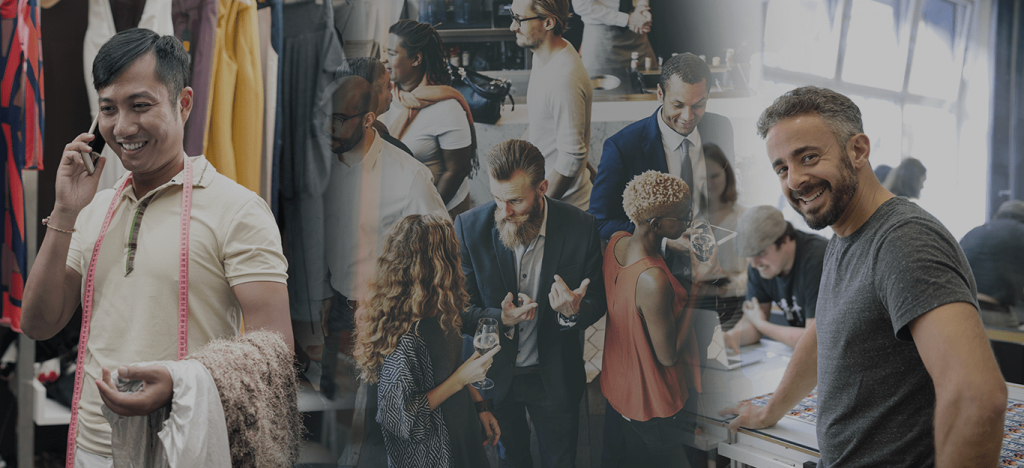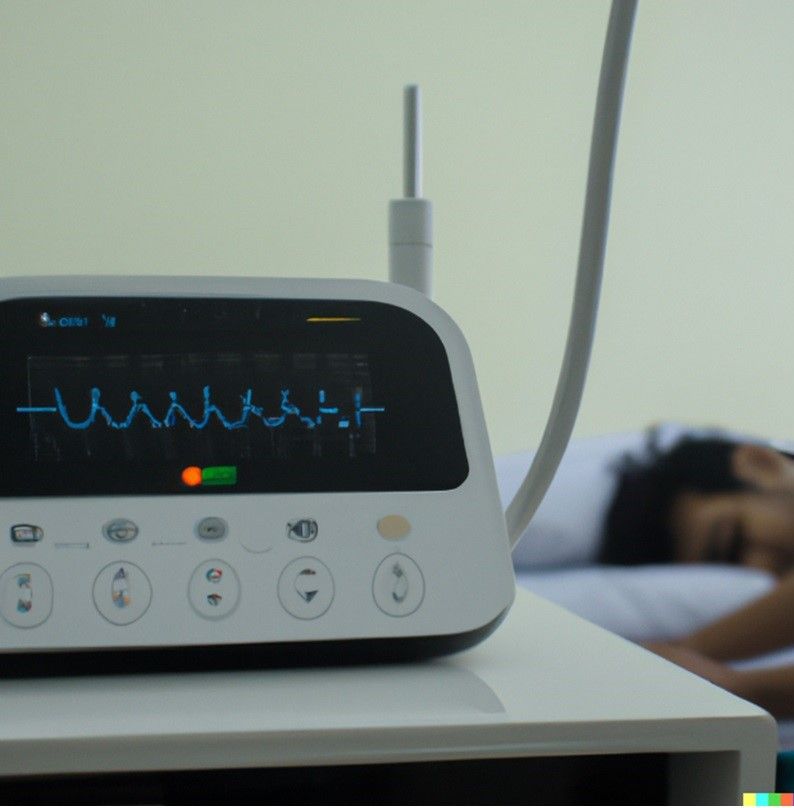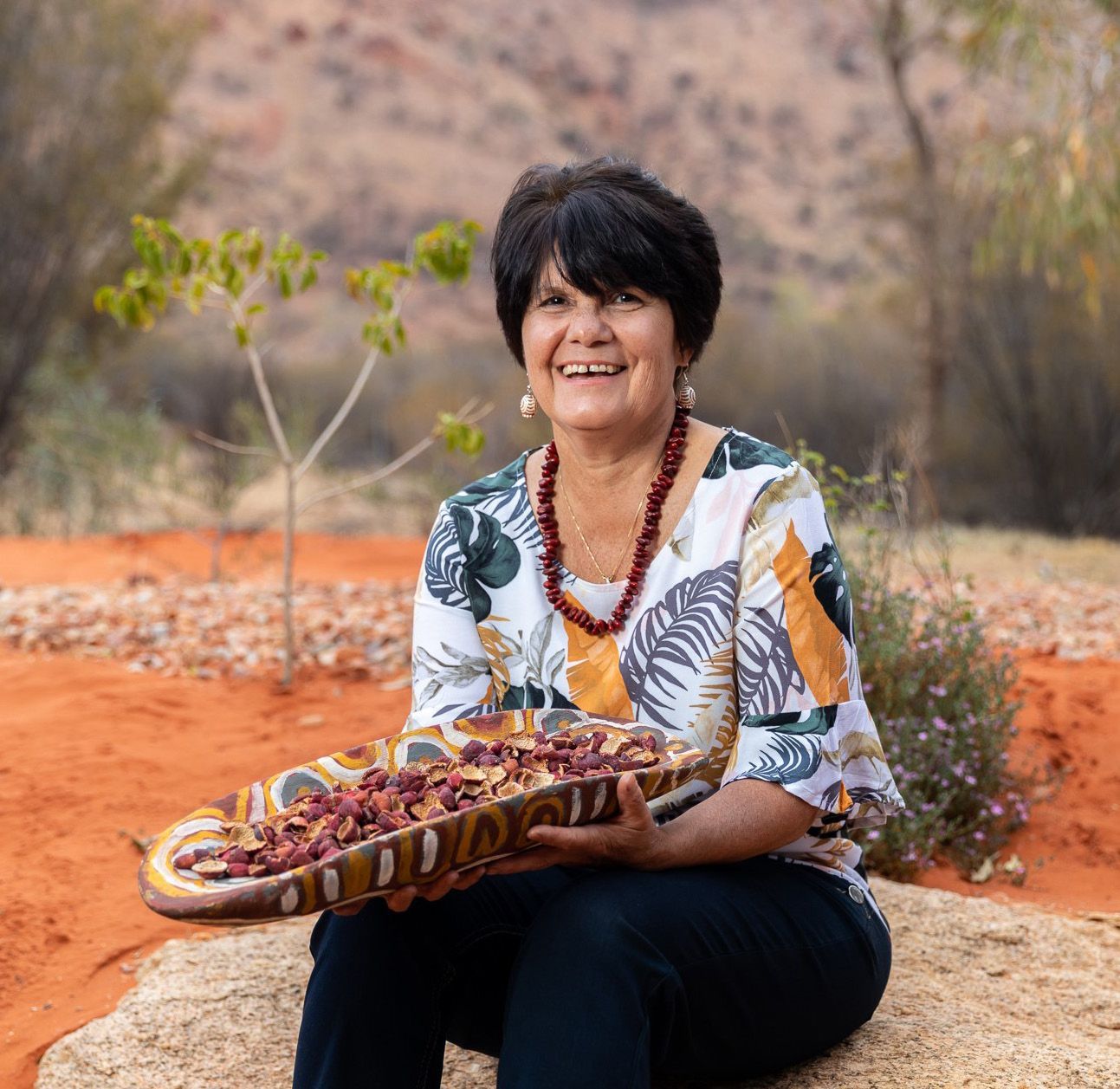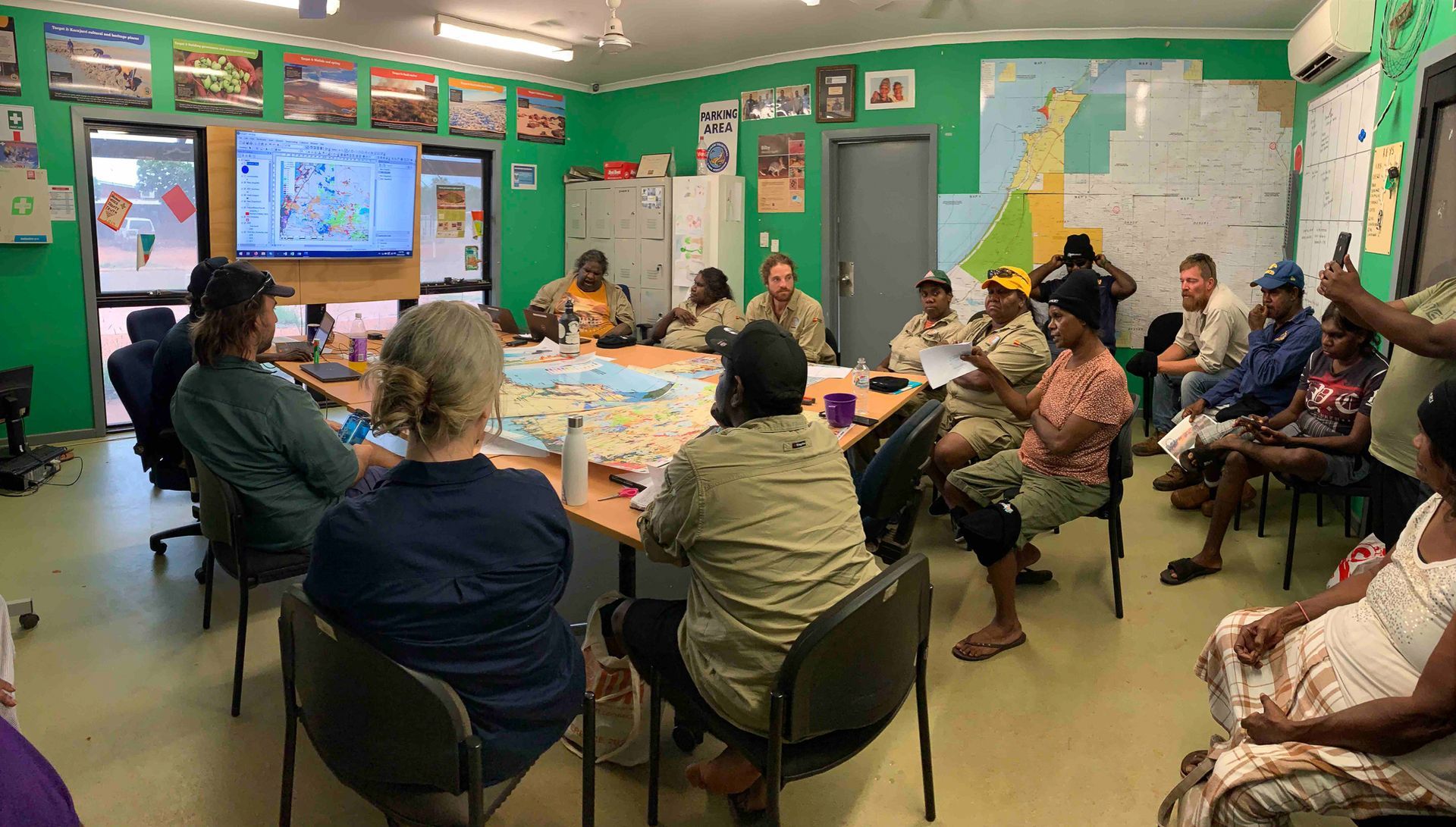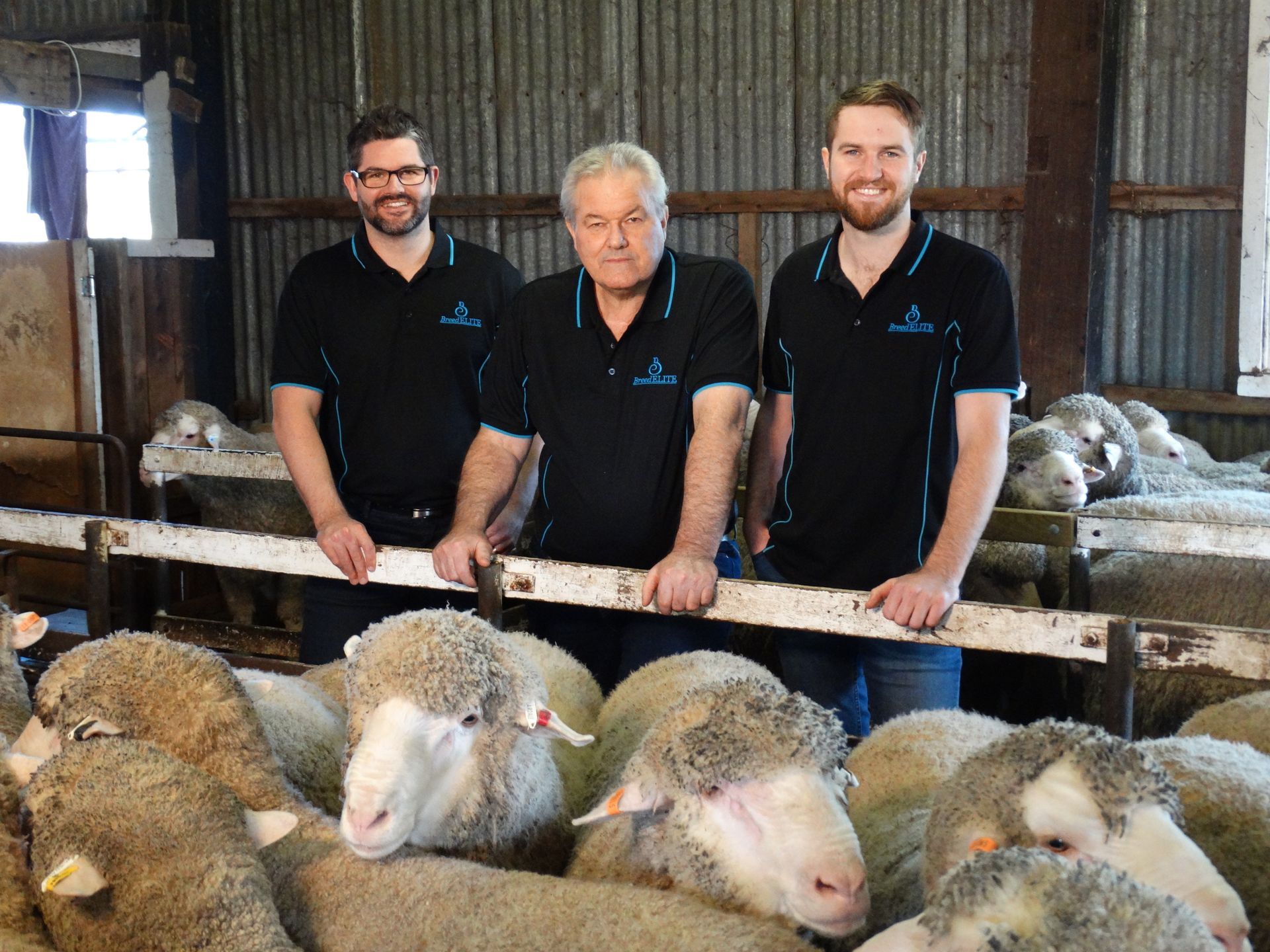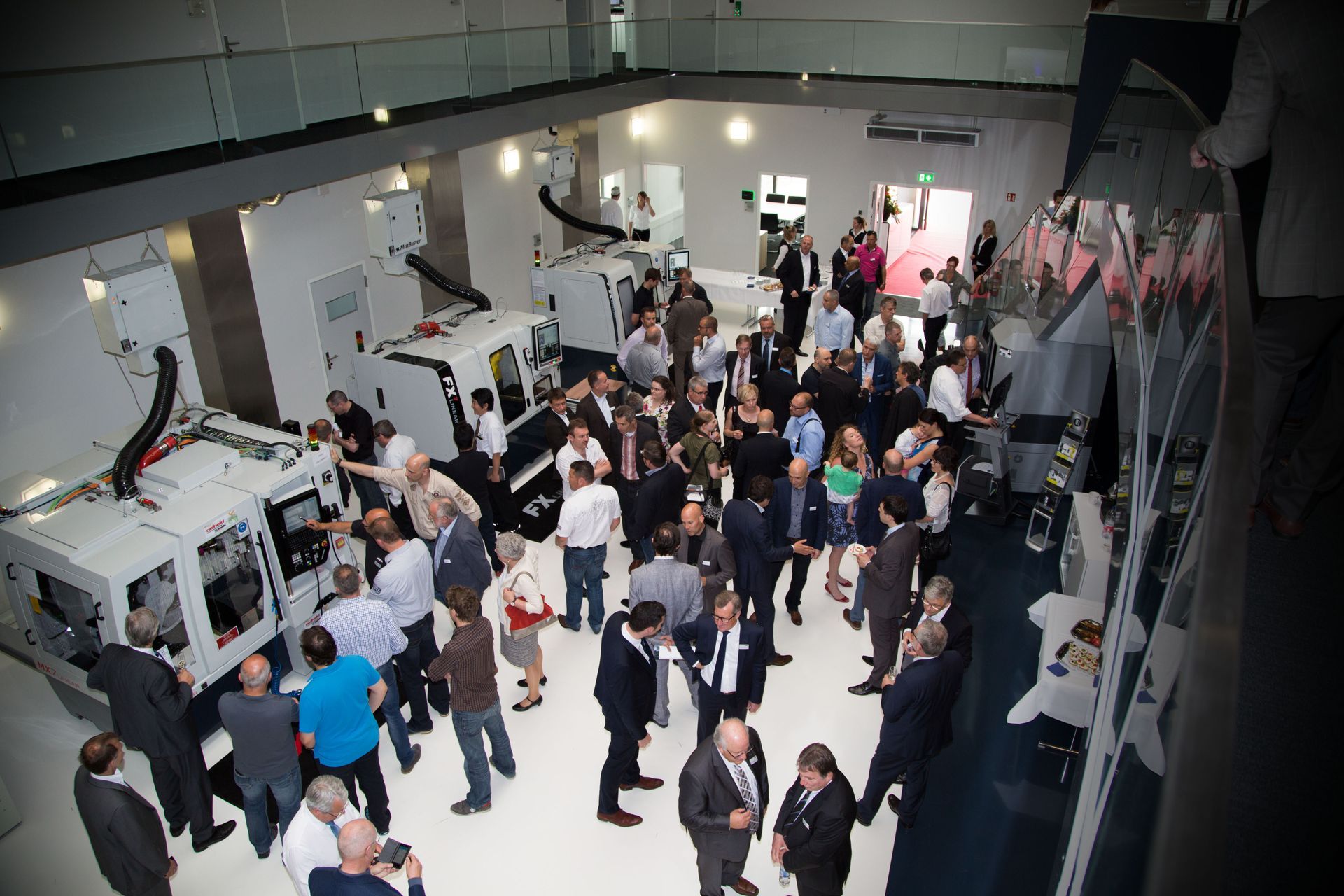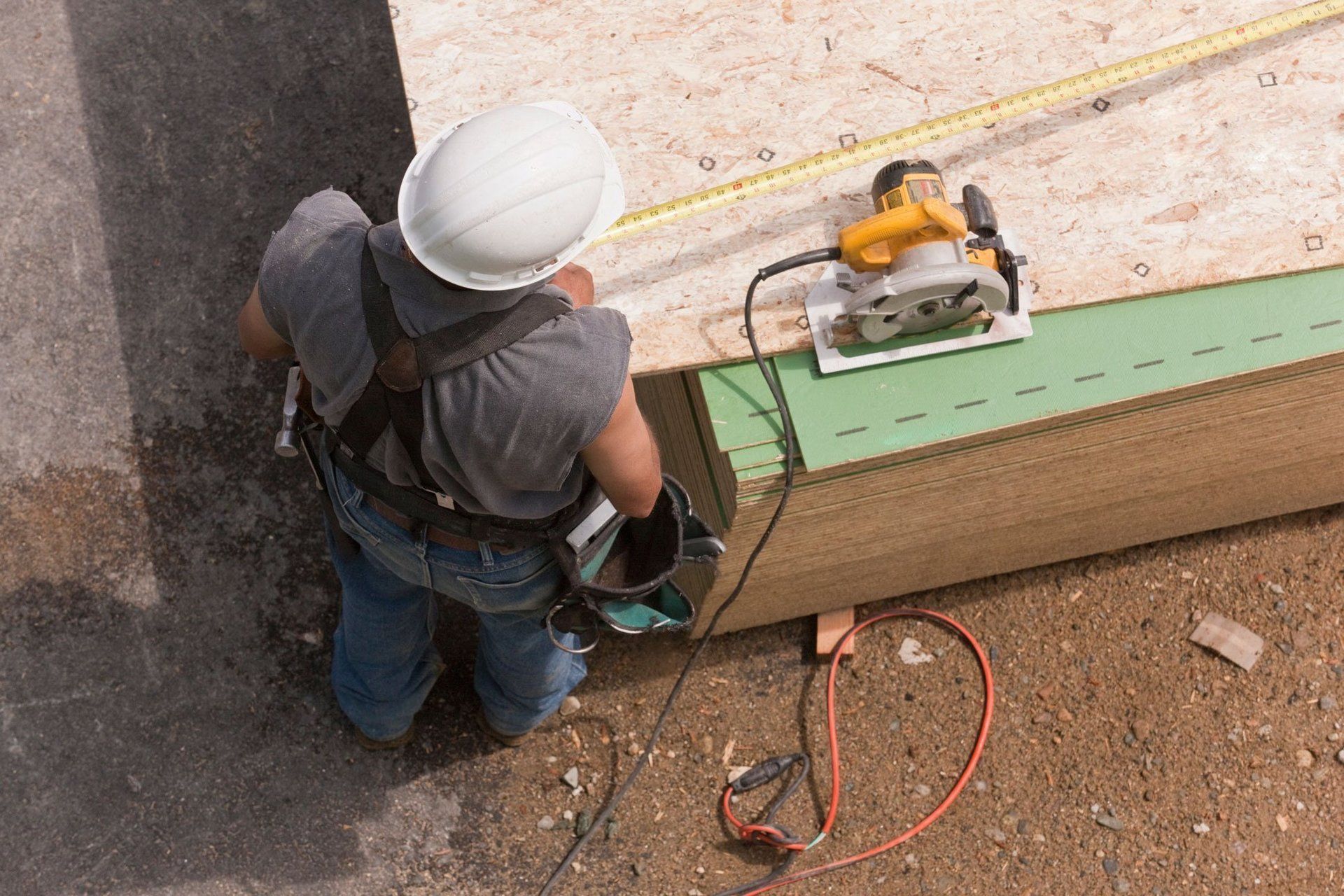Blog Layout
Collaborating for social innovation
Ian Wishart
By Ian Wishart, CEO, The Fred Hollows Foundation
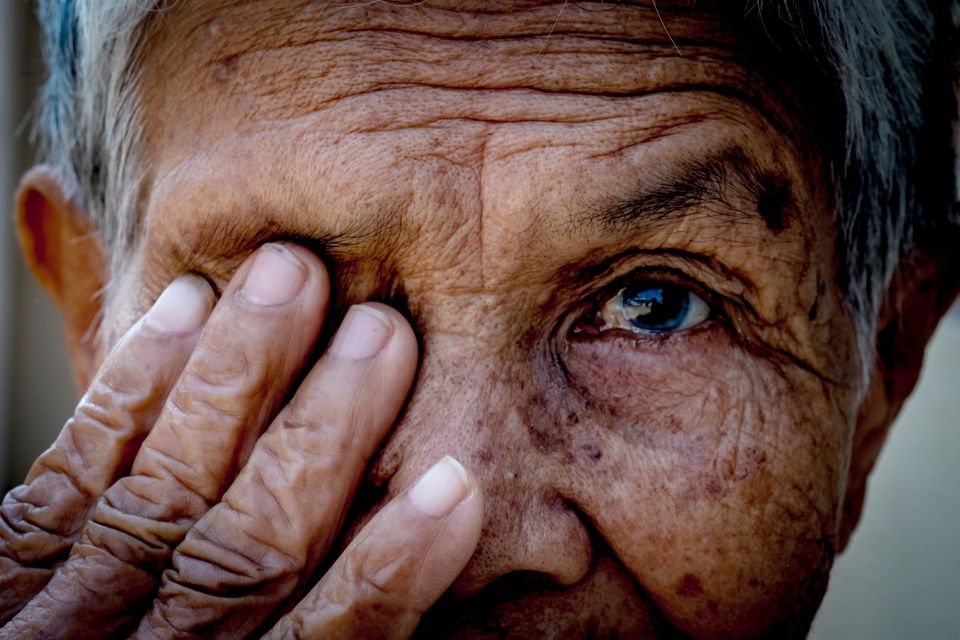
When I started my career in international development 30 years ago, I made a choice to do a job with a meaningful purpose. I have not regretted that decision.
Choosing work that is purposeful has stood the test of time.
What I have learned over the course of my career though is the importance of innovation in fulfilling meaningful purpose. Put simply, innovation is change that adds value.
In the rapidly changing development sector, a spirit of innovation is essential to ensure we remain relevant and continue making an impact on people’s lives.
But how do we achieve this sort of value-adding change when increasingly, many opportunities and challenges require multidisciplinary approaches across teams and geographic borders?
I believe the key is collaboration. Collaboration is wearing two hats effectively. It is seeing and understanding the immediate project but also understanding how it fits into the big picture.
When people in a ‘two-hat’ organisation focus more on decision rights and control of their projects, they spend their time on turf battles. When they focus more on working together to realise a shared purpose, they spend their time influencing and succeeding together.
In my early career I was given responsibility for shipping 10,000 metric ton of wheat from the Port of Geelong to the Ethiopian port of Assab and then overland into the mountains of Ethiopia for famine relief. It was a linear project. It had a start point and an end point. I was determined not to let down the people in need and was relieved to finally see the food saving lives. It was all about my project not failing. I knew there was a wider context, but I did not have time to engage with it.
As the years passed, my approach to famine relief became much more multidimensional. Rather than just focusing on one project I would focus on the whole system.
Who was the best agency to ship food around the world? That was a job best left to the UN World Food Program. What value add could my agency provide? That was organising the people to use the food in Food for Work programs that built many farm dams to mitigate against future drought. Rather than focusing on just my project I learnt to work within a global multidimensional system.
This kind of collaboration means that people must become comfortable working within lines of management vertically and with horizontal lines of expertise globally. I learnt that it doesn’t work so well if people protect their territories and work in silos.
Collaboration has become one of my personal values and an important part of The Fred Hollows Foundation’s DNA. That’s because done right, I have seen how effective it is in achieving innovation.
Take trachoma, for example – a painful but preventable disease of poverty and the world’s leading infectious cause of blindness.
It was a disease eliminated in the West but lingering on in developing countries because there was no concerted effort to get rid of it. A dozen aid and medical agencies came together, formed a plan, and asked for support for this challenge. The result has been one of the world’s largest disease eradication programs.
Ethiopia has the world’s highest burden of trachoma. In this country the efforts of The Foundation brought together a range of partners from government and civil society to eliminate trachoma as a public health problem, and in 2018, we carried out the 100,000th trachomatous trichiasis surgery to save sight.
I cannot overstate enough that we would not have been able to achieve this without strong collaborative partnerships – high assertiveness and high cooperation with the Government of Ethiopia and the Oromia Regional Health Bureau.
Thanks to collaboration, we treated 24 million people with antibiotics, reduced the surgical backlog in Ethiopia by two-thirds, and reached some of the most marginalised communities.
To collaborate effectively takes organisation. The essential elements are:
- Get aligned and clear about the challenge.
- Get clear on the scope, the resources and the leadership.
- Then make sure it’s a diverse team, not just the usual suspects.
- Don’t wait until the design is perfect but do things together and then refine.
- Nurture the group in its efforts in order to build camaraderie.
- Also, be patient as collaboration can take more time but its rewards will be worth it.
Collaboration unlocks our potential as an industry dedicated to meeting the health and social needs of the world’s most disadvantaged people.
And ultimately, it drives social innovation that fulfils meaningful purpose.

By Dr Saraid Billiards - CEO of the Association of Australian Medical Research Institutes.
•
March 27, 2023
If the health and medical research sector in Australia is to move forward, it must address gender equity, diversity, and inclusion- which means making the sector a safe and inclusive workspace for all.

By By Ben Kehoe
•
January 27, 2023
In 2016 I published a blog article titled Moonshots for Australia: 7 For Now. It’s one of many I have posted on business and innovation in Australia. In that book, I highlighted a number of Industries of the Future among a number of proposed Moonshots. I self-published a book, Innovation in Australia – Creating prosperity for future generations, in 2019, with a follow-up COVID edition in 2020. There is no doubt COVID is causing massive disruption. Prior to COVID, there was little conversation about National Sovereignty or supply chains. Even now, these topics are fading, and we remain preoccupied with productivity and jobs! My motivation for this writing has been the absence of a coherent narrative for Australia’s business future. Over the past six years, little has changed. The Australian ‘psyche’ regarding our political and business systems is programmed to avoid taking a long-term perspective. The short-term nature of Government (3 to 4-year terms), the short-term horizon of the business system (driven by shareholder value), the media culture (infotainment and ‘gotcha’ games), the general Australian population’s cynical perspective and a preoccupation with a lifestyle all create a malaise of strategic thinking and conversation. Ultimately, it leads to a leadership vacuum at all levels. In recent years we have seen the leadership of some of our significant institutions failing to live up to the most basic standards, with Royal Commissions, Inquiries and investigations consuming excessive time and resources. · Catholic Church and other religious bodies · Trade Unions · Banks (and businesses generally, take casinos, for example) · the Australian Defence Force · the Australian cricket teams · our elected representatives and the staff of Parliament House As they say, “A fish rots from the head!” At best, the leadership behaviour in those institutions could be described as unethical and, at worst….just bankrupt! In the last decade, politicians have led us through a game of “leadership by musical chairs” – although, for now, it has stabilised. However, there is still an absence of a coherent narrative about business and wealth creation. It is a challenge. One attempt to provide such a narrative has been the Intergenerational Reports produced by our federal Government every few years since 2002. The shortcomings of the latest Intergenerational Report Each Intergenerational Report examines the long-term sustainability of current government policies and how demographic, technological, and other structural trends may affect the economy and the budget over the next 40 years. The fifth and most recent Intergenerational Report released in 2021 (preceded by Reports in 2002, 2007, 2010 and 2015) provides a narrative about Australia’s future – in essence, it is an extension of the status quo. The Report also highlights three key insights: 1. First, our population is growing slower and ageing faster than expected. 2. The Australian economy will continue to grow, but slower than previously thought. 3. While Australia’s debt is sustainable and low by international standards, the ageing of our population will pressure revenue and expenditure. However, its release came and went with a whimper. The recent Summit on (what was it, Jobs and Skills and productivity?) also seems to have made the difference of a ‘snowflake’ in hell in terms of identifying our long-term challenges and growth industries. Let’s look back to see how we got here and what we can learn. Australia over the last 40 years During Australia’s last period of significant economic reform (the late 1980s and early 1990s), there was a positive attempt at building an inclusive national narrative between Government and business. Multiple documents were published, including: · Australia Reconstructed (1987) – ACTU · Enterprise Bargaining a Better Way of Working (1989) – Business Council of Australia · Innovation in Australia (1991) – Boston Consulting Group · Australia 2010: Creating the Future Australia (1993) – Business Council of Australia · and others. There were workshops, consultations with industry leaders, and conferences across industries to pursue a national microeconomic reform agenda. Remember these concepts? · global competitiveness · benchmarking · best practice · award restructuring and enterprising bargaining · training, management education and multiskilling. This agenda was at the heart of the business conversation. During that time, the Government encouraged high levels of engagement with stakeholders. As a result, I worked with a small group of training professionals to contribute to the debate. Our contribution included events and publications over several years, including What Dawkins, Kelty and Howard All Agree On – Human Resources Strategies for Our Nation (published by the Australian Institute of Training and Development). Unfortunately, these long-term strategic discussions are nowhere near as prevalent among Government and industry today. The 1980s and 1990s were a time of radical change in Australia. It included: · floating the $A · deregulation · award restructuring · lowering/abolishing tariffs · Corporatisation and Commercialisation Ross Garnaut posits that the reforms enabled Australia to lead the developed world in productivity growth – given that it had spent most of the 20th century at the bottom of the developed country league table. However, in his work, The Great Reset, Garnaut says that over the next 20 years, our growth was attributable to the China mining boom, and from there, we settled into “The DOG days” – Australia moved to the back of a slow-moving pack! One unintended consequence of opening our economy to the world is the emasculation of the Australian manufacturing base. The manic pursuit of increased efficiency, lower costs, and shareholder value meant much of the labour-intensive work was outsourced. Manufacturing is now less than 6% of our GDP , less than half of what it was 30 years ago!

